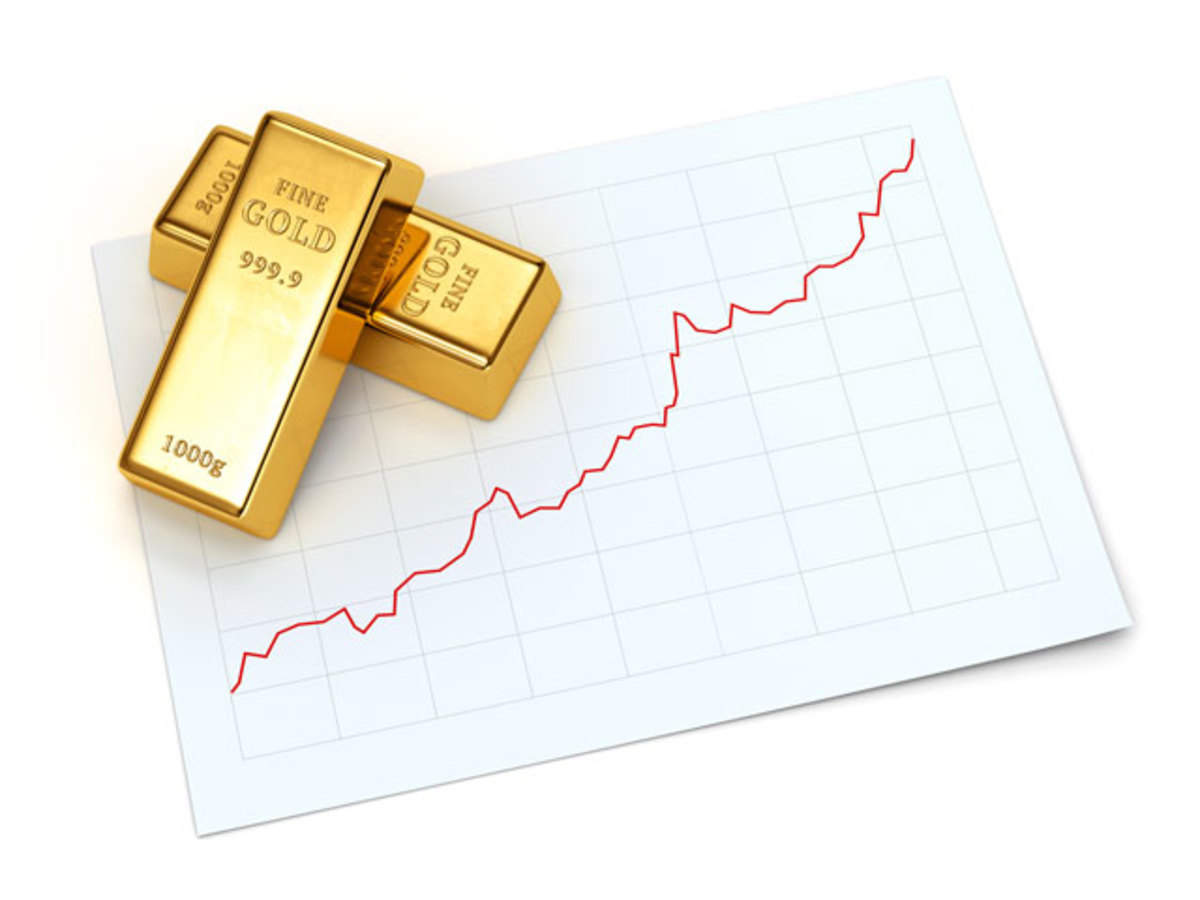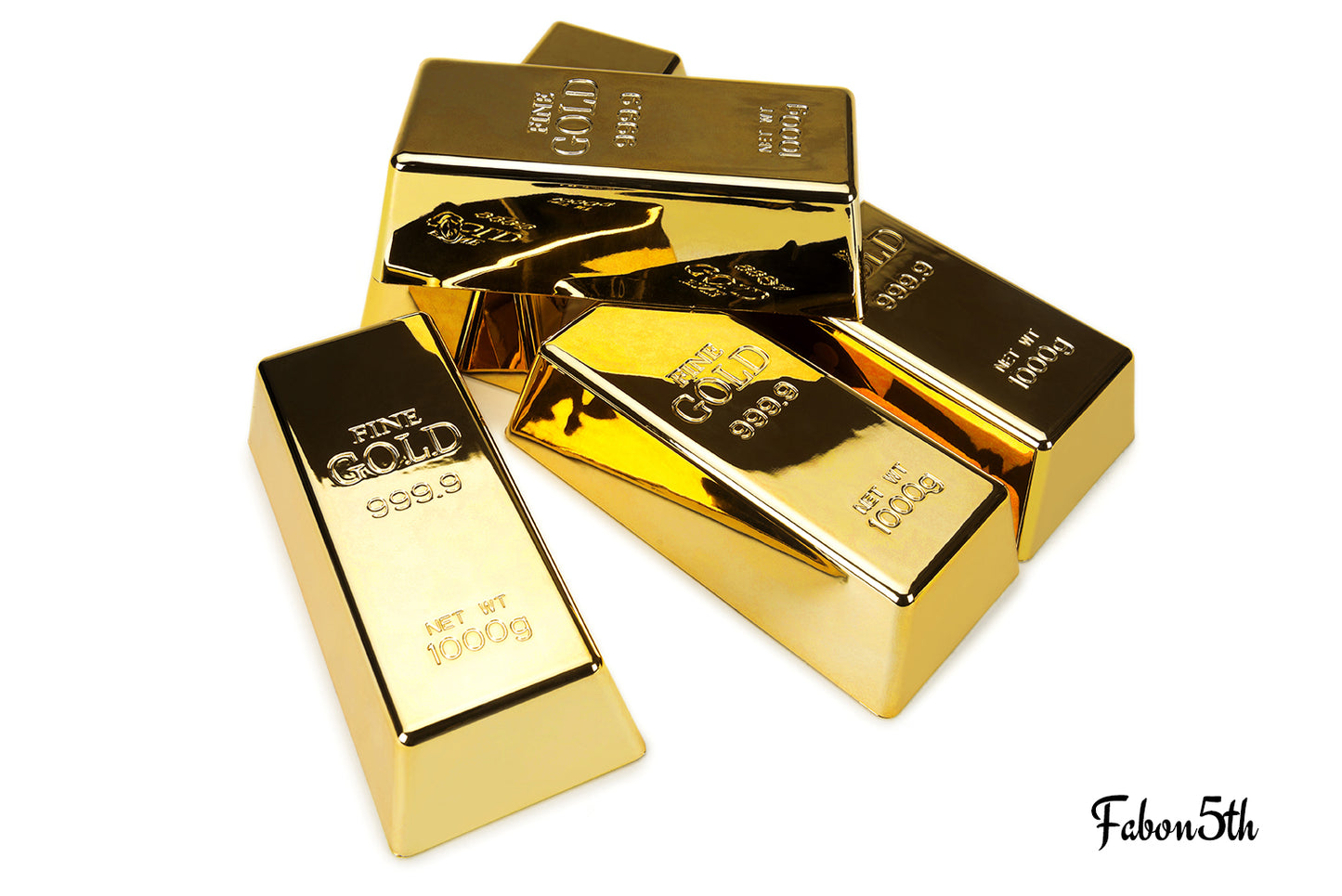
Gold has been a valuable commodity for thousands of years, and has been used as a form of currency and a store of value throughout history. In the modern era, the price of gold has been heavily influenced by global economic and political events, as well as supply and demand factors.
The history of gold prices is a complex and varied one.
From 1971 to 1980, the price of gold experienced a dramatic increase, rising from around $40 per ounce to a peak of $850 per ounce in 1980. This was partly due to high inflation rates, political instability, and economic uncertainty in the United States and other countries.
After the peak in 1980, the price of gold declined sharply and remained relatively low for several decades, with occasional fluctuations in response to economic or political events.
In the early 2000, the price of gold began to rise again due in part to concerns about inflation and the global financial crisis of 2008. The price peaked at over $1900 per ounce in 2011 before declining somewhat in subsequent years.
In recent years, gold prices have continued to fluctuate in response to various economic and political factors, including changes in interest rates, currency values, and trade policies. As of the writing of this article, Gold prices are once again above $1900 per ounce.
Overall, the history of gold prices reflects the complex interplay of economic, political, and social factors that have influenced the value of this precious metal throughout history.











